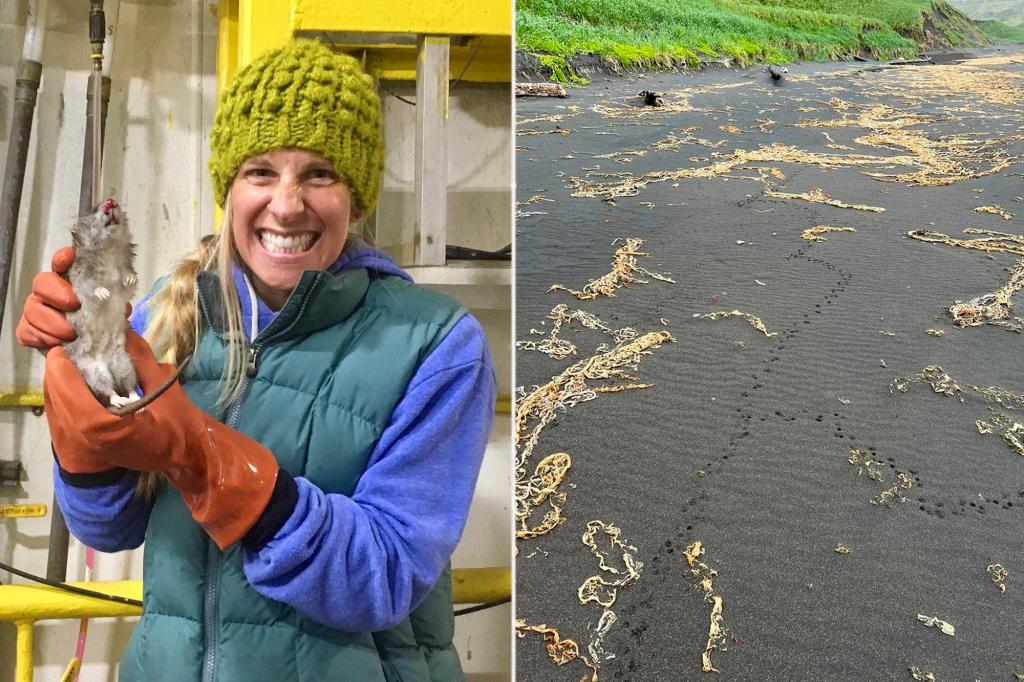Residents of the tiny Alaskan island of St. Paul in the Bering Sea are on high alert after a possible sighting of a rat, an animal that does not exist on the remote island. The introduction of rats could have devastating consequences on the island’s thriving seabird population, which has helped make St. Paul a popular birding destination. Wildlife officials have been searching for the potential rodent for about three months, setting up traps and using trail cameras to try to catch it.
Rats are known to rapidly reproduce and can decimate seabird colonies by feasting on bird eggs, chicks, and even adult birds. The threat of rats on the island is not taken lightly by the community, as it could take years and millions of dollars to exterminate the rodents and restore the bird populations. Despite not finding any signs of the possible rat, officials are taking precautions to prevent any potential introduction of the invasive species.
The search for the potential rat on St. Paul Island is a challenging task, as there have been no concrete sightings of the rodent. Officials have set up traps baited with peanut butter and special “chew blocks” to detect any activity from rats. The island already has existing anti-rat measures in place at its airport and developed waterfront areas to prevent rats from entering the island. In 2018, a rat managed to get past the security measures and evaded capture for 10 months before being found dead.
The importance of protecting St. Paul Island’s unique ecosystem and wildlife has been emphasized by conservation experts. The island is home to a diverse array of seabirds and other wildlife that would be at risk if rats were to establish a population on the island. The efforts to prevent the introduction of rats and other invasive species are crucial for maintaining the delicate balance of the island’s ecosystem.
The potential sighting of a rat on St. Paul Island has caused concern among residents and wildlife officials, highlighting the need for ongoing vigilance and conservation efforts. The search for the possible rodent is a challenging task, as rats are known to be elusive and can cause significant harm to native wildlife populations. The community is working together to address the threat and prevent any potential negative impacts on the island’s unique ecosystem.
In conclusion, the residents of St. Paul Island in the Bering Sea are facing a potential threat from a rat that may have found its way to the remote island. The introduction of rats could have devastating consequences for the island’s seabird populations, which are a key part of its ecosystem. Wildlife officials are conducting a thorough search for the rodent and implementing measures to prevent any further introductions of invasive species. The protection of St. Paul Island’s unique ecosystem is a priority for the community, underscoring the importance of conservation efforts to preserve the island’s natural beauty and biodiversity.


